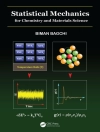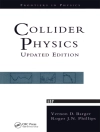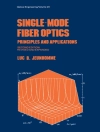The general theory of relativity, as formulated by Albert Einstein in 1915, provided an astoundingly original perspective on the physical nature of gr- itation, showing that it could be understood as a feature of a curvature in the four-dimensional continuum of space-time. Now, some 90 years later, this extraordinary theory stands in superb agreement with observation, prov- ing a profound accord between the theory and the actual physical behavior of astronomical bodies, which sometimes attains a phenomenal precision (in one case to about one part in one hundred million million, where several d- ferent non-Newtonian e?ects, including the emission of gravitational waves, are convincingly con?rmed). Einstein’s tentative introduction, in 1917, of an additional term in his equations, speci?ed by a "cosmological constant", – pearsnowtobeobservationallydemanded, andwiththistermincluded, there is no discrepancy known between Einstein’s theory and classical dynamical behavior, from meteors to matter distributions at the largest cosmological scales. One of Einstein’s famous theoretical predictions that light is bent in a gravitational ?eld (which had been only roughly con?rmed by Eddington’s solareclipsemeasurementsatthe Islandof Principein1919, butwhichisnow very well established) has become an important tool in observational cosm- ogy, where gravitational lensing now provides a unique and direct means of measuring the mass of very distant objects.
Jorg Frauendiener & Domenico J. W. Giulini
Analytical and Numerical Approaches to Mathematical Relativity [PDF ebook]
Analytical and Numerical Approaches to Mathematical Relativity [PDF ebook]
Koop dit e-boek en ontvang er nog 1 GRATIS!
Taal Engels ● Formaat PDF ● ISBN 9783540334842 ● Editor Jorg Frauendiener & Domenico J. W. Giulini ● Uitgeverij Springer Berlin Heidelberg ● Gepubliceerd 2006 ● Downloadbare 6 keer ● Valuta EUR ● ID 6376019 ● Kopieerbeveiliging Adobe DRM
Vereist een DRM-compatibele e-boeklezer












